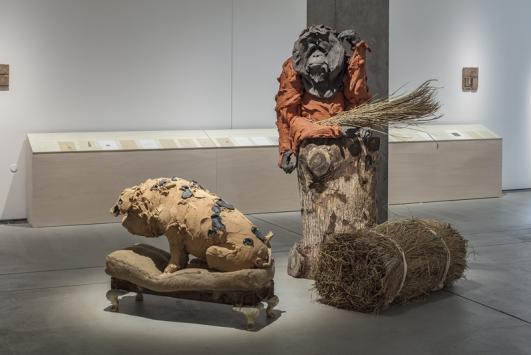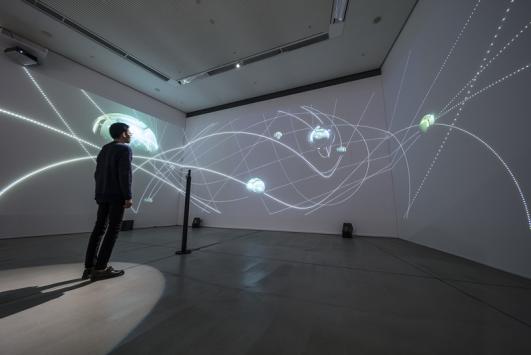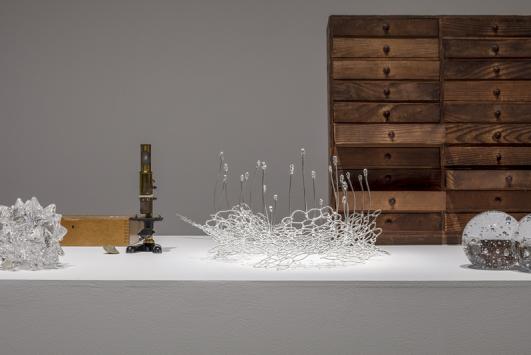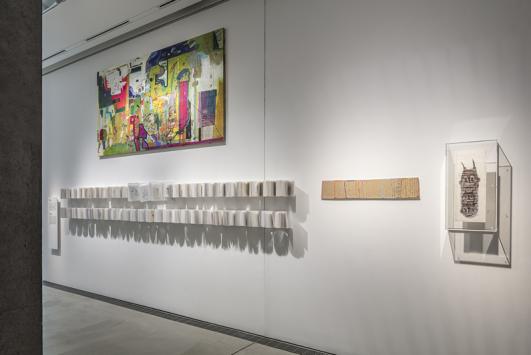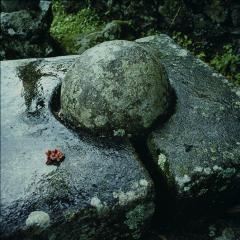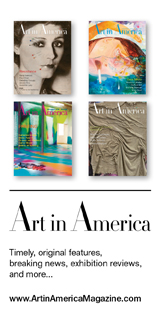'Wild: Untamed Mind' at 21_21 DESIGN SIGHT
20 October '17 - 4 February '18
21_21 DESIGN SIGHT current exhibition is entitled "Wild: Untamed Mind,". Shinichi Nakazawa, a philosopher and anthropologist will be the Exhibition Director. Nakazawa is known for fieldwork-based, interdisciplinary research into various places and times.
The base of our culture and life lies in the "untamed mind." This mind affects both human instinct and intellect, and it is the trigger and stimulant for creativity. A good example is found in Kumagusu Minakata, a famous Japanese naturalist in the Meiji Era. Kumagusu repeatedly generated discoveries and inventions, not coincidental, but somehow interconnected. He left his mark across fields as diverse as the study of mould, and of human mythology and folklore. The leaps in understanding typified by his work are seen repeatedly through many examples in the history of expression and creativity.
Even in the contemporary age, which tends towards logic and reason, the perceptions of the "untamed mind" are not quite lost. Nakazawa states that those parts of our mental space which have escaped taming are ever more important.
What does the "untamed mind" mean in today's context? How can people rediscover it within themselves? How can they understand and express its previously-undetected qualities? This exhibition focuses on the fascinating power of the instinctive, untamed mind of contemporary creators, unveiling how to detect the "untamed mind" through their works and archives.
Exhibition Contents
Entrance to the Untamed Mind
"Something 'untamed' is something delicate, elaborate and elegant. This elegant nobility is embedded in every form of life," says Shinichi Nakazawa, the exhibition director. But how can we restore "untamedness" to our modern ways of feeling and thinking? This show begins with a display on maruishi, which are "untamed" forms of divinities used as objects of worship since prehistoric Jomon times. They provide our entrance to the Untamed Mind.
Takayuki Toyama "Maruishi-Gami"
Forest of Brain - Kumagusu Minakata's Discovery Method
Kumagusu Minakata was a Meiji Period naturalist who attempted to bring back untamed wildness in the mind and brain to achieve an alternative scientific method. According to him, only when mind and brain are opened up can we grasp the world's truths and appreciate how all things are interconnected and echo each other. This world-view was articulated by Kumagusu in research papers that he wrote to document his discoveries. The room combines these with newly-created artwork to search for a method to "explore the world," based on sense and thought of the Untamed Mind.
Katsumi Omori "Wild Thing"
Mika Aoki "Between You and I," "The forest that leads to you"
aircord "Finding Perceptions"
Archaeology of Kawaii: A Manifestation of the "Wild"
Jomon earthenware is said to have appeared as long as 16,000 years ago. From that time on, people produced vessels to contain the Untamed Mind. The process has never stopped. Forms created with a human sense of yearning became objects of worship, utility, or entertainment. We show one familiar manifestation of the Untamed Mind, namely the concept of kawaii (cuteness). Since antiquity, Japanese people have possessed an urge to express what lies between humanity and nature by recourse to kawaii. The desire has not been lost.
Keys to Open the "Field of Wildness"
Let us call areas of artistic research and inspiration "fields of wildness." We use multiple viewpoints to introduce the work of creators who open up that wild space. Thematic axes are "earth," "flora and fauna" and "dreams and myths." From ancient times, human imagination had been roused by topographical features, as people find meaning in the "earth." "Flora and fauna" too, exist in a state of wildness, but are familiar to us. Humanity can connect to universal life by approaching these forms and replicating their ecologies, while "dreams and myths" are manifestations of a collective unconsciousness. We hope you will use these keys to access "fields of wildness."
Stephanie Quayle "Old Boar and Orangutan"
Fumio Tachibana "Hen-Tai, Henhen-Taitai.," "KATAKOTO (エ)," "KATAKOTO (ツ)"
Seizo Tashima "The Howling Beast"
Yasuhiro Suzuki "Spontaneous Garden: Stump of Water, Stump of the Ground"
Ernst Gamperl "139/08//200," "85/2008//250," "51/2005//230"
Takuya Watanabe "Installation on Tools and the act of Making -case1-"
Tsuguya Inoue "LANDSCAPE_01," "LANDSCAPE_02," "LANDSCAPE_03"
Yusuke Nishimura "Boze," "Jicchaku no Shishi-mai," "Itozaki no Hotoke no Mai," "Paantu," "Goryojinja no Menkake Gyoretsu Okame " (Design: Tsuguya Inoue), "Iwamikagura no Orochi," "Goryojinja no Menkake Gyoretsu," "Itozaki no Hotoke no Mai & Iwamikagura Ekishin"
Seitaro Kuroda "Untitled"
Kotobuki Shiriagari "Emerging Wildness"

